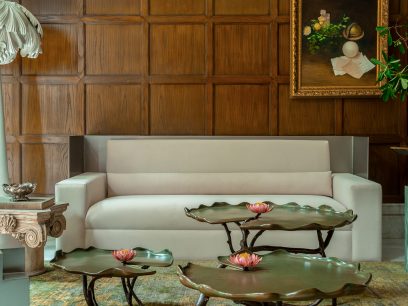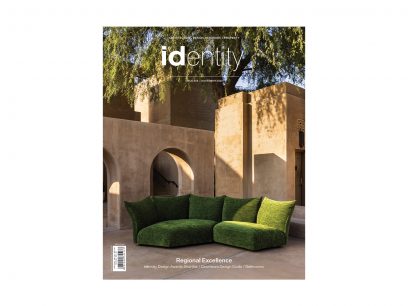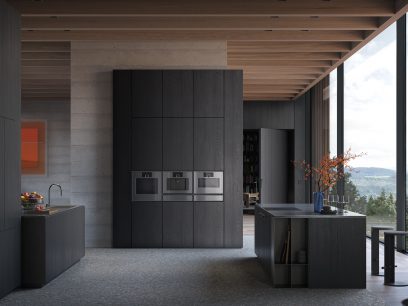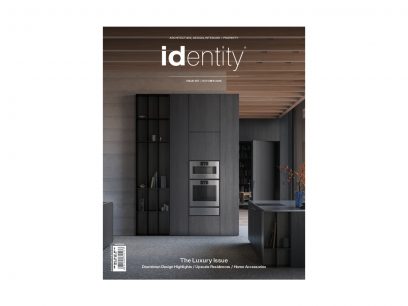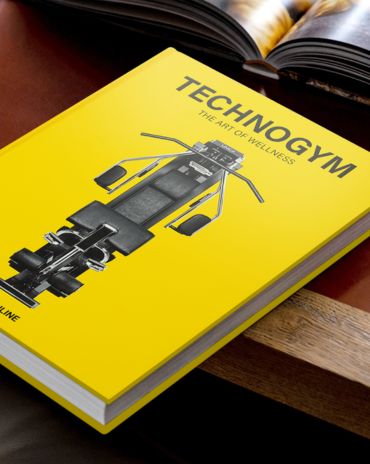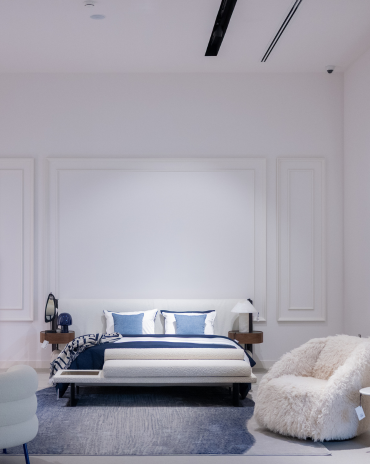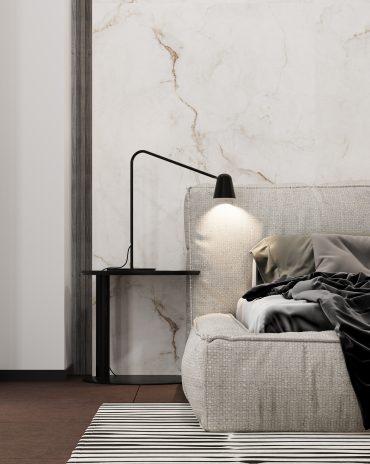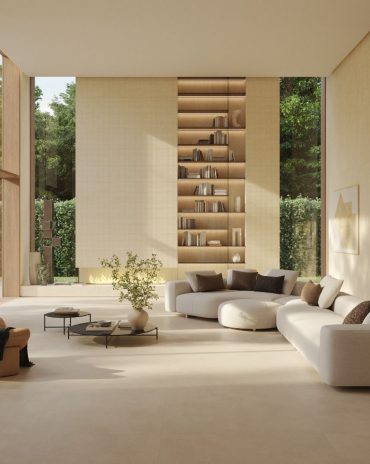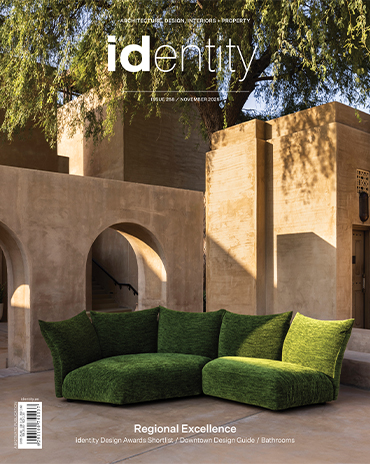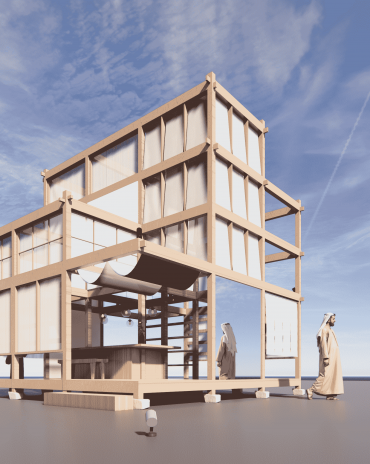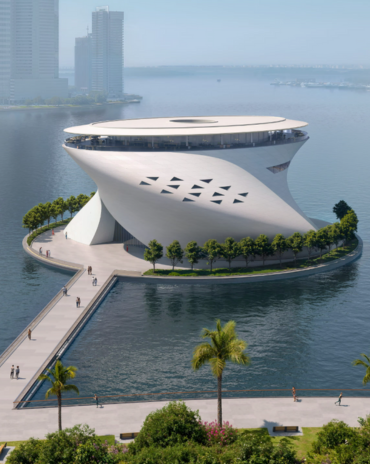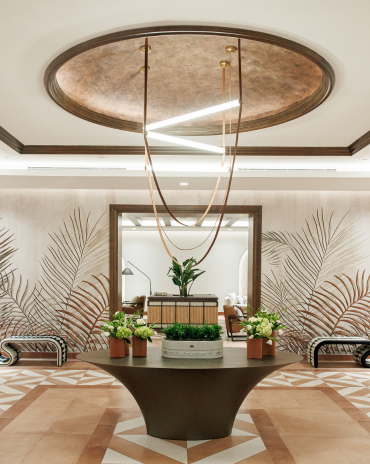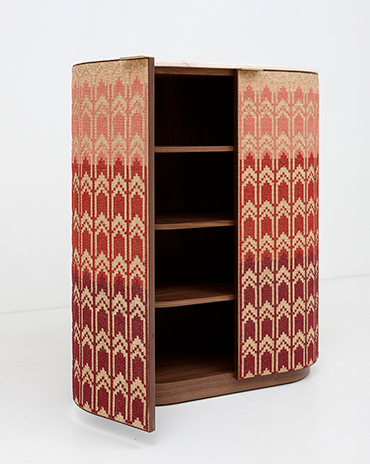Copyright © 2025 Motivate Media Group. All rights reserved.
Striking and innovative: the Panton Chair by Verner Panton
A design icon that had to wait for production methods to catch up.
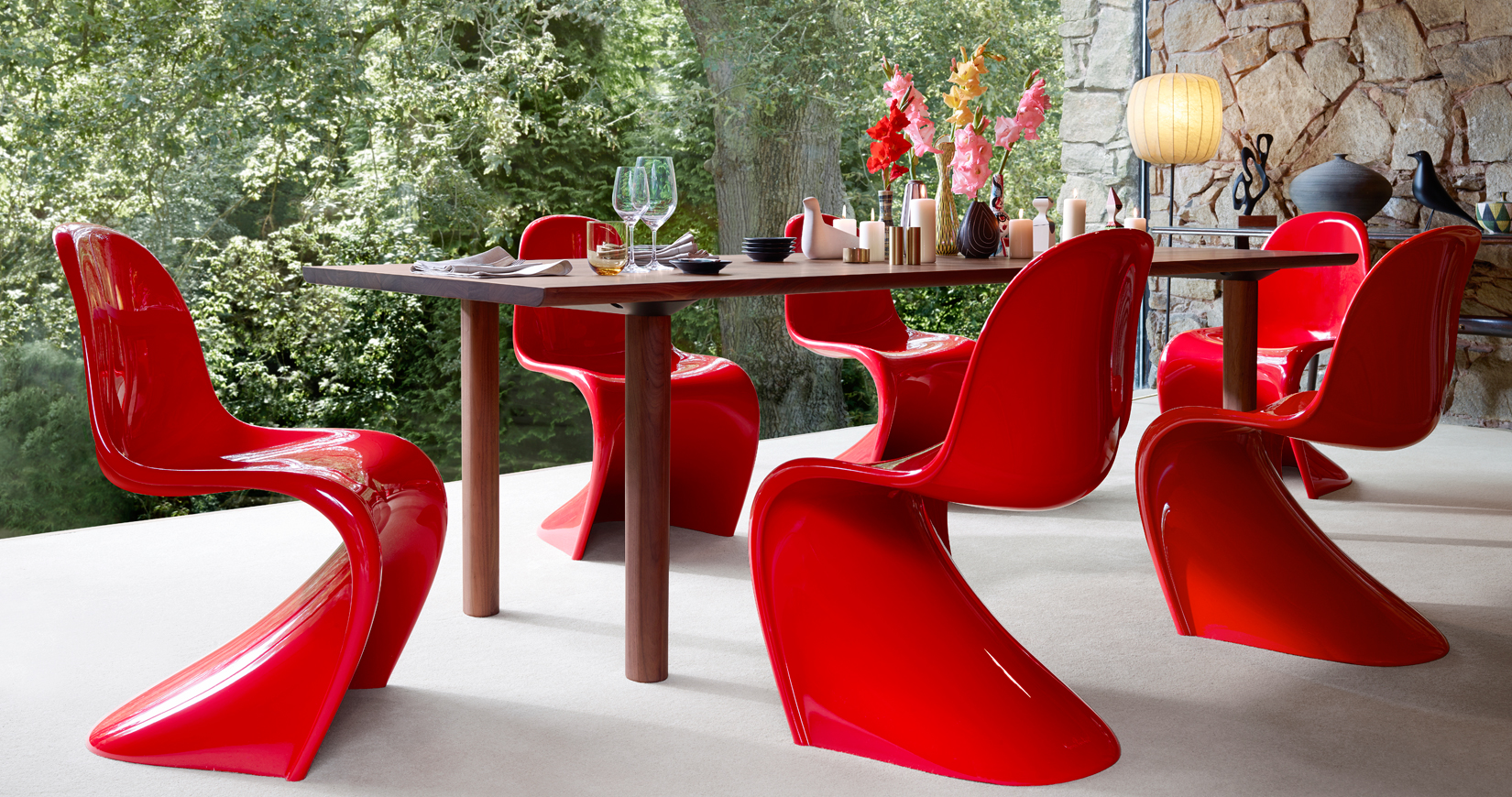
Sometimes, iconic products move from the designer’s imagination to manufacture in a matter of weeks. Others slowly move through several iterations and take years to reach production. The Panton Chair endured such a prolonged gestation.
Verner Panton began his career as an artist in Odense before studying architecture at the Royal Danish Academy of Art in Copenhagen, from where he graduated in 1951.
After two tempestuous years working at the architectural practice of Danish architect and furniture designer Arne Jacobsen, Panton set up his own design and architectural office, where he applied his unconventional approach both to innovative architectural proposals and to the creation of a chair without legs or a discernible back.
The initial sketches and design drawings for what would become the Panton Chair were made by Panton in the mid-1950s, and in 1960 he created his first model, which was formed using a plaster-cast.
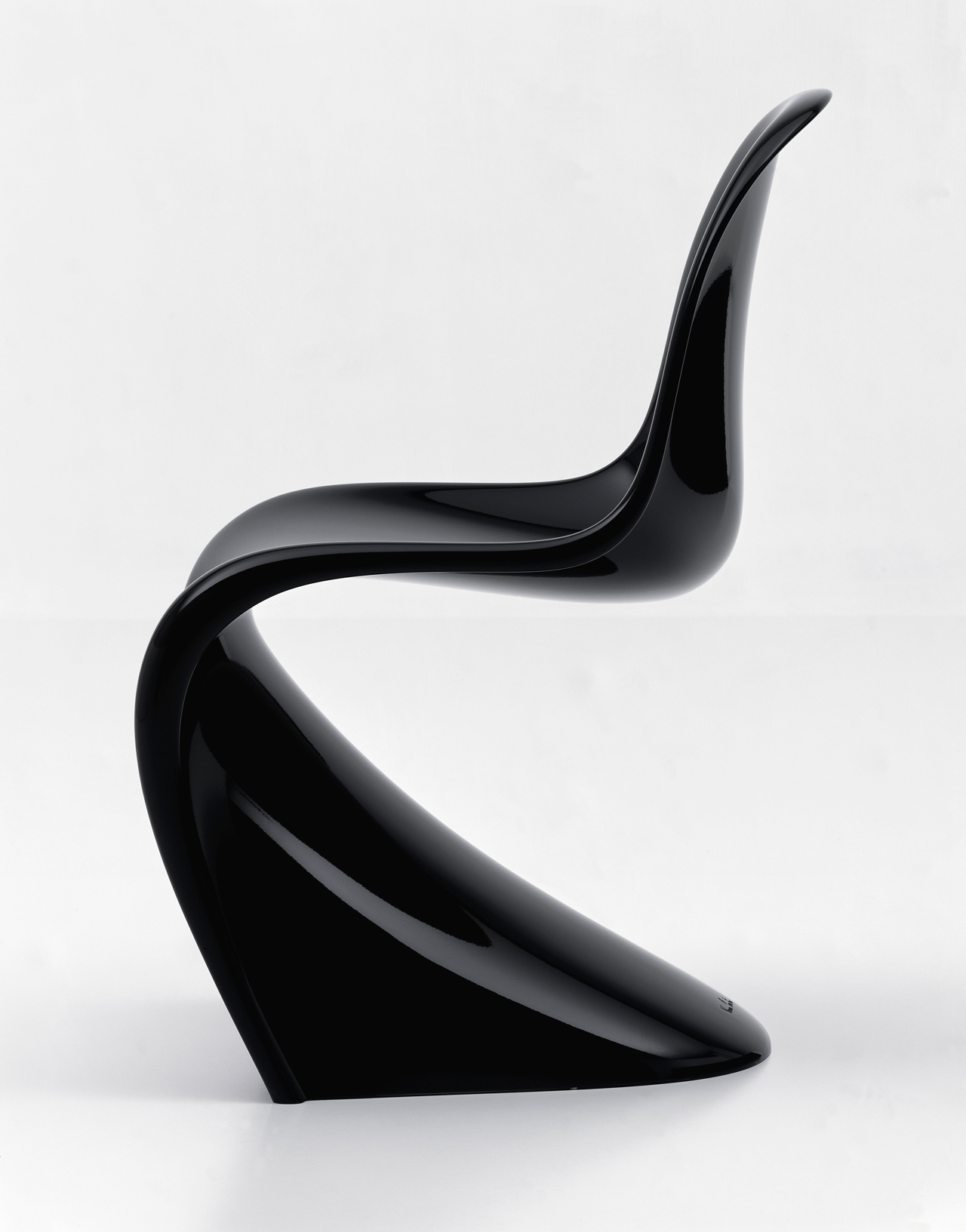
It was not until Panton met Willi Fehlbaum from furniture manufacturer Vitra in the mid-1960s that a production version of the advanced chair became a possibility. The first models were formed from cold-pressed polyester strengthened with fibreglass; they were heavy and required a lot of labour-intensive finishing.
A change of material allowed the cost of the chair to come down, and in 1968 Vitra began serial production of the final version, which was available in seven different colours and sold by Herman Miller.
The production model, defined by its organic shapes, was the world’s first single-form injection-moulded plastic chair. Alternatively known as the Stacking Chair or S Chair and now officially known as the Panton Chair Classic, it became Panton’s most famous design.
In 1999 Vitra introduced a lower-cost version made of polypropylene, the Panton Chair, which is also suitable for outdoor use.
The Panton Chair has been widely exhibited around the world and currently forms part of the permanent collections of some of the world’s most famous design museums, including the Museum of Modern Art in New York, the Design Museum in London, the German Historical Museum in Berlin and the Danish Museum of Art & Design in Copenhagen.
The Latest
The Art of Wellness
Technogym collaborates with Assouline to release a book that celebrates the brand’s 30-year contribution to the fitness industry
The Destination for Inspired Living – Modora Home
Five reasons why you need to visit the latest homegrown addition to the UAE’s interiors landscape
Elemental Balance — A Story Told Through Surfaces
This year at Downtown Design 2025, ClayArk invites visitors to step into a world where design finds its rhythm in nature’s quiet harmony.
The identity Insider’s Guide to Downtown Design 2025
With the fair around the corner, here’s an exciting guide for the debuts and exhibits that you shouldn’t miss
A Striking Entrance
The Oikos Synua door with its backlit onyx finish makes a great impression at this home in Kuwait.
Marvel T – The latest launch by Atlas Concorde
Atlas Concorde launches Marvel T, a new interpretation of travertine in collaboration with HBA.
Read ‘Regional Excellence’ – Note from the editor
Read the magazine on issuu or grab it off newsstands now.
Chatai: Where Tradition Meets Contemporary Calm
Inspired by Japanese tea rooms and street stalls, the space invites pause, dialogue, and cultural reflection in the heart of Dubai Design District
A Floating Vision: Dubai Museum of Art Rises from the Creek
Inspired by the sea and pearls, the Dubai Museum of Art becomes a floating ode to the city’s heritage and its boundless artistic ambition.
Heritage Reimagined
Designlab Experience turns iconic spaces into living narratives of Emirati culture, luxury, and craftsmanship.
Nakhla by Nada Debs
Nakhla symbolises resilience, prosperity and a deep connection to the land
Wave: The New Mediterranean Haven in Dubai
IDST’s design invites exploration with a thoughtful blend of artisanal craftsmanship and contemporary style.

